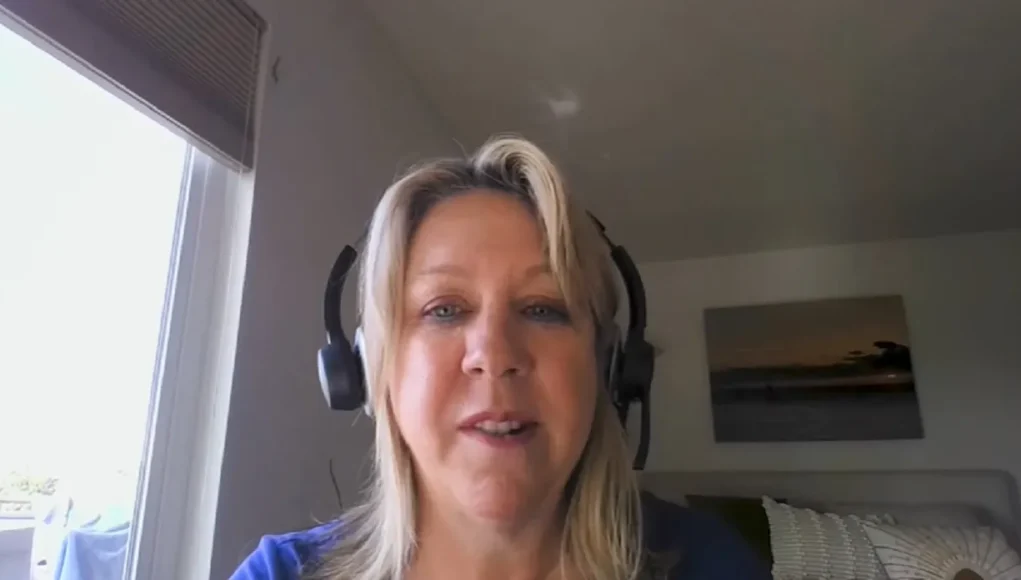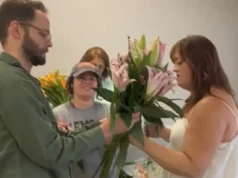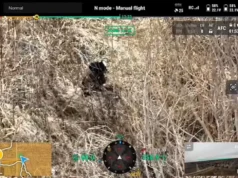In the realm of medical marvels, there’s a story that stands tall, teeming with hope, innovation, and the unyielding spirit of a determined epidemiologist, Steffanie Strathdee. This saga isn’t just another news from the annals of medicine; it’s a proof to love, perseverance, and the relentless pursuit of a cure against a seemingly unbeatable foe – a deadly superbug using phage therapy.
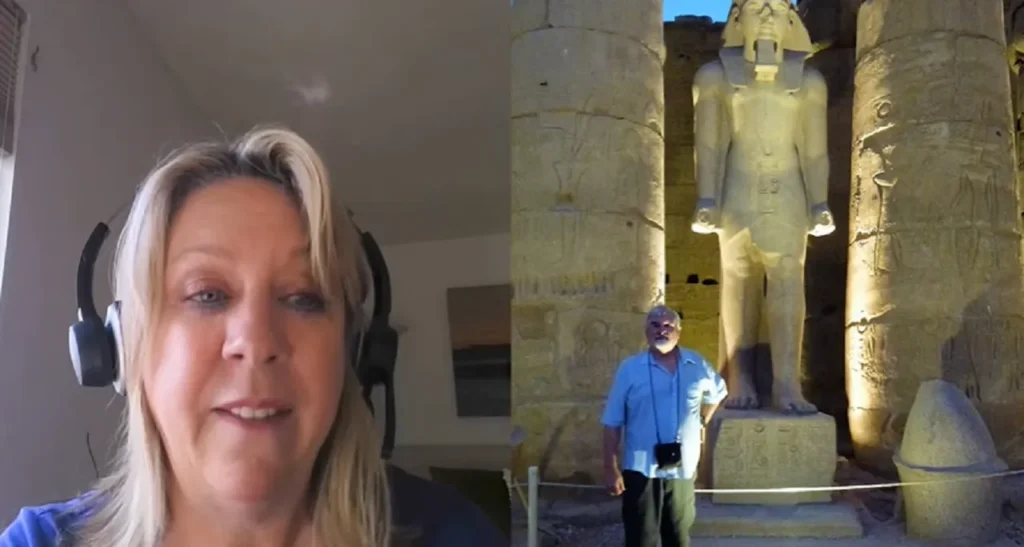
Steffanie’s husband was ensnared in the grips of a ruthless infection, his body a battleground for a superbug that laughed in the face of modern medicine. The doctors, armed with their arsenal of antibiotics, found each weapon in their armory futile. It was a scenario straight out of a medical thriller, yet tragically real. The grim declaration from the doctors sent chills down the spine – it was too late.
But Steffanie Strathdee refused to accept this verdict. As an epidemiologist, she knew the world of microbes better than most. Her love and determination ignited a spark that led her on an extraordinary journey, delving into the annals of medical history and emerging science. Her destination? The relatively uncharted territory of phage therapy.
Phage therapy, though sounding like something out of a sci-fi novel, is rooted in nature’s own design. Phages are viruses, but not the kind you’d usually fear. These microscopic entities are programmed by nature to hunt and consume bacteria. It’s a predator-prey relationship at the cellular level, with phages specializing in infiltrating and destroying bacteria, including the notorious superbugs that resist antibiotics.
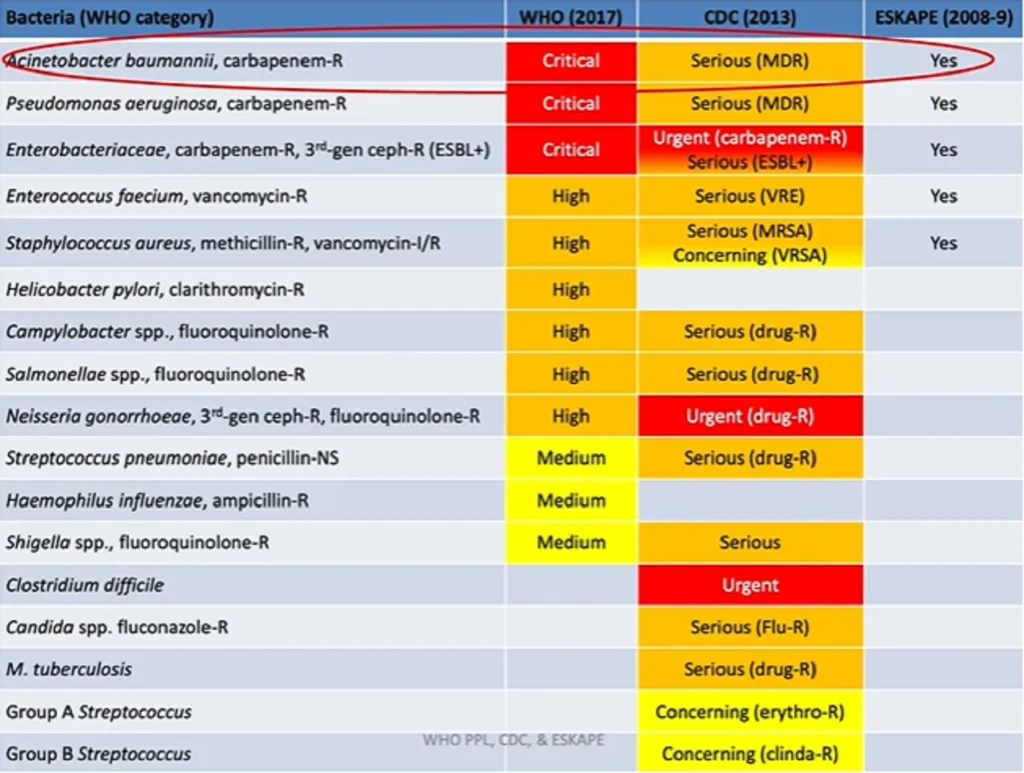
Steffanie’s race against time was fraught with hurdles. Phage therapy, despite its potential, wasn’t mainstream. It was a forgotten relic, overshadowed by the rise of antibiotics. But Steffanie wasn’t deterred. Her relentless search led her to connect with experts and researchers who were the torchbearers of this old-yet-new form of therapy.
The turning point in this medical odyssey came when Steffanie managed to source phages specifically attuned to attack the superbug threatening her husband’s life. It was a shot in the dark, a gamble with the highest stakes. The treatment began, fraught with uncertainty and hope.
Then, something miraculous happened. The superbug, which had scoffed at the mightiest antibiotics, began to falter under the relentless assault of the phages. Slowly, steadily, the tide turned. Her husband’s condition began to improve, the infection retreating under the onslaught of these natural bacterial assassins.
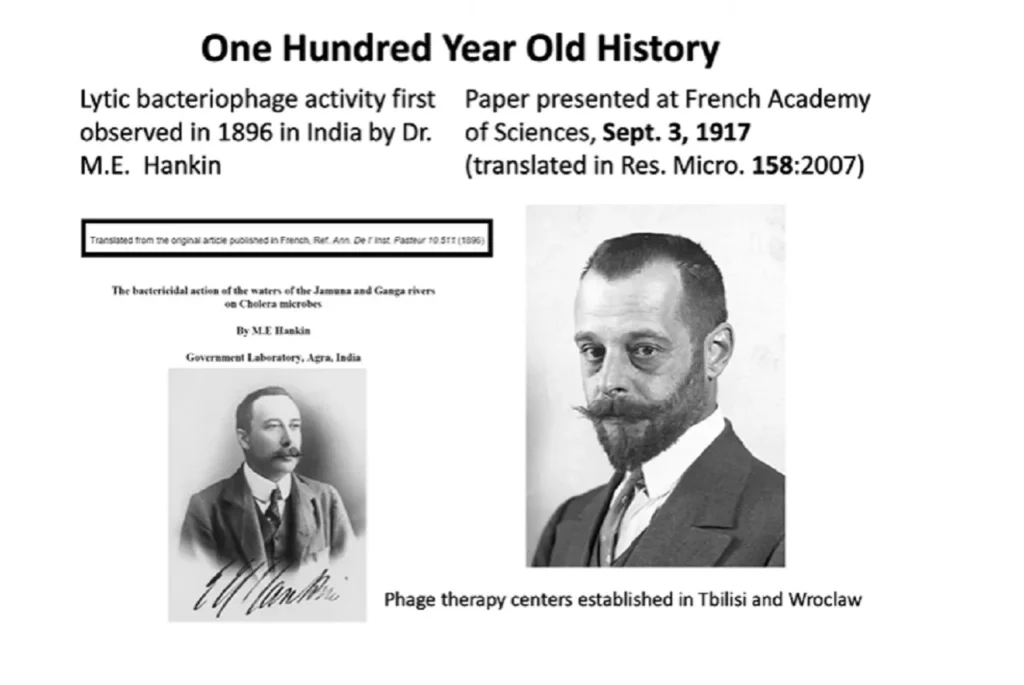
Steffanie Strathdee’s journey isn’t just a personal victory; it’s a beacon of hope for the medical community and patients worldwide. It underscores the potential of phage therapy, a method that deserves its place in the pantheon of medical treatments, especially as antibiotic resistance looms as a growing threat.
This saga teaches us the power of not giving up, of looking beyond the conventional, and the importance of embracing both old wisdom and new discoveries. It’s a story of love, science, and the indomitable human spirit, an evidence that sometimes, the most extraordinary solutions lie in the most unexpected places.
In the end, Steffanie Strathdee didn’t just save her husband; she reignited interest in a nearly forgotten therapy that might one day play a pivotal role in our ongoing battle against superbugs. Her story stands as a shining example of the incredible feats we can achieve when love, science, and determination converge.


